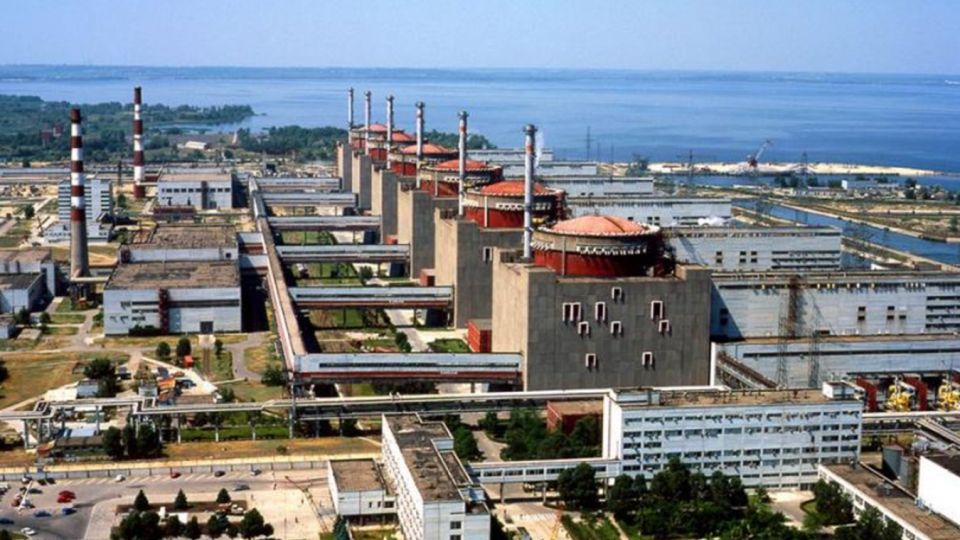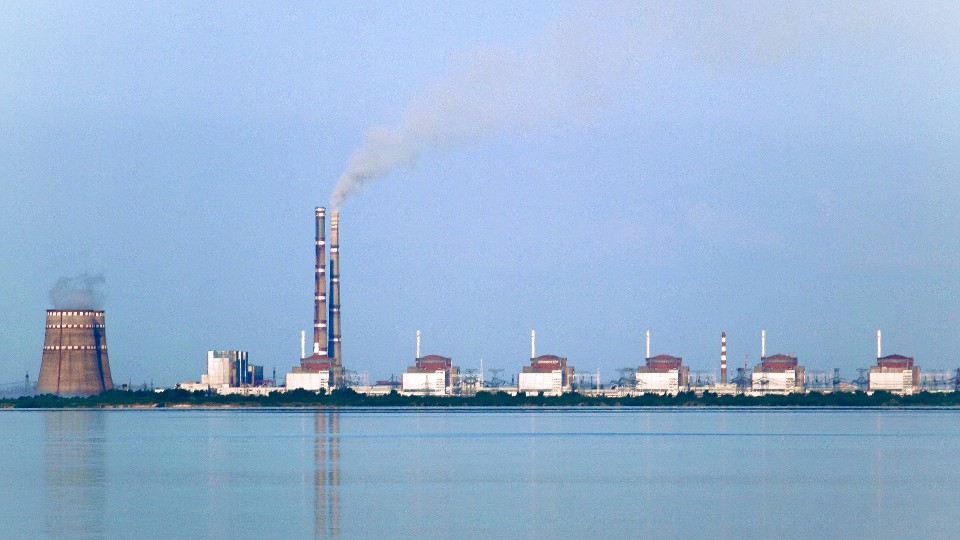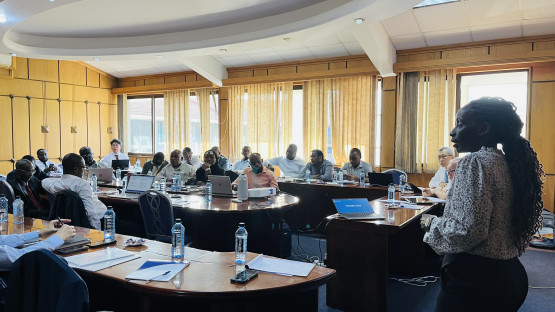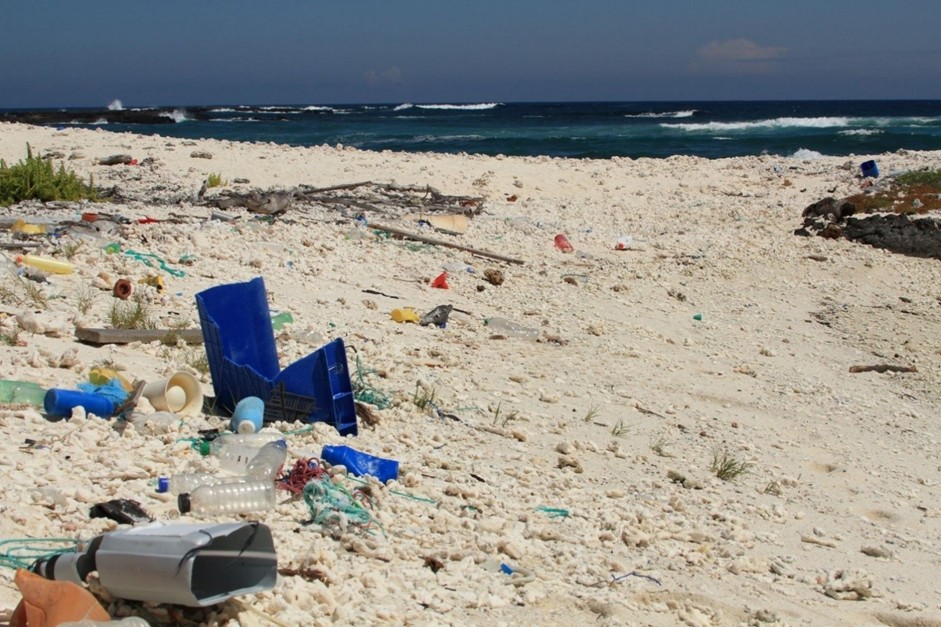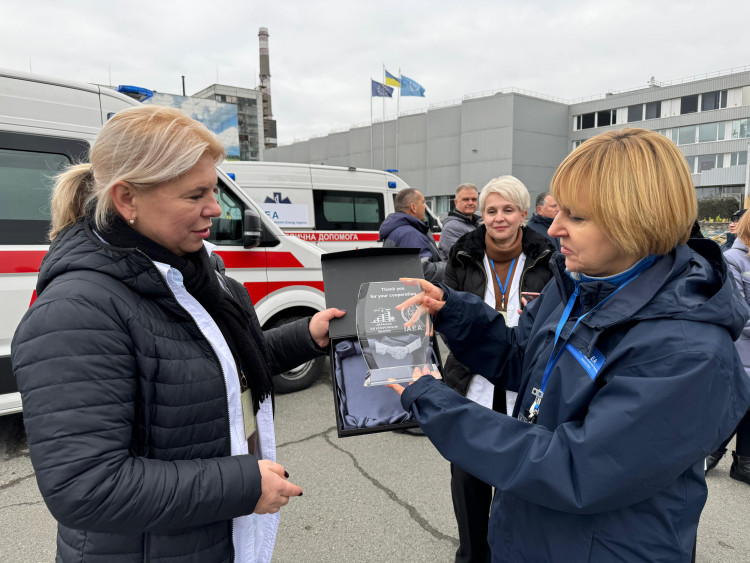No evidence yet of explosives planted at Zaporizhzhia, says IAEA
International Atomic Energy Agency experts at Ukraine’s Russian-occupied Zaporizhzhia nuclear power plant have so far been unable to verify recent claims by Ukrainian president Volodymyr Zelenskyy that Russia may have planted explosives at the site to “simulate an attack.”





